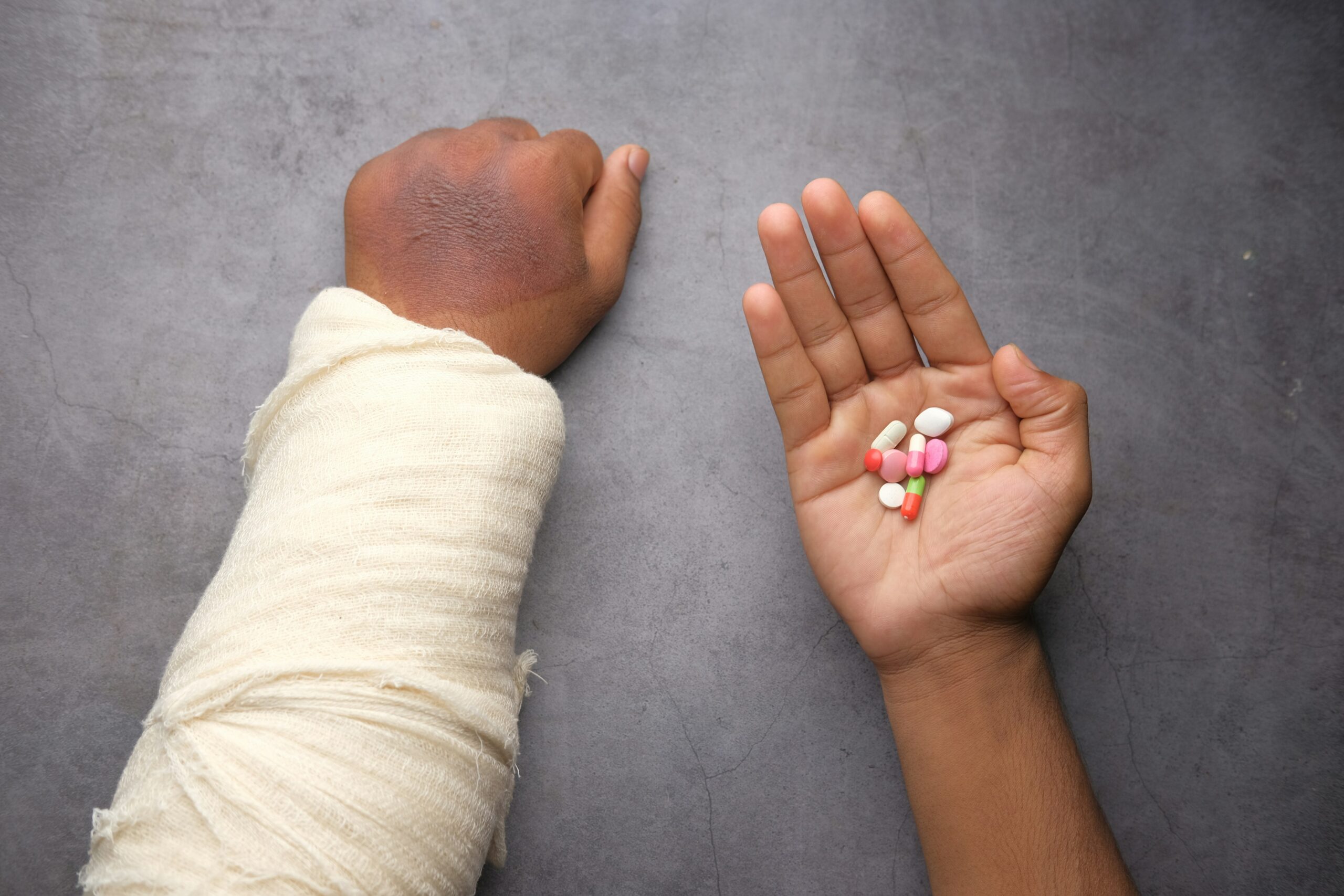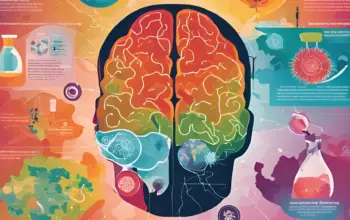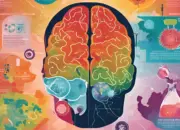Uzone.id — Deadly diseases have impacted human history and continue to be major causes of death around the world.
According to Healthline, an estimated 55.4 million people passed away worldwide in 2019, and 74% of these deaths were because of noncommunicable diseases, or chronic conditions that progress slowly.
From well-known killers like heart disease to lesser-known but still dangerous infections, these diseases are responsible for millions of deaths each year. For example, cardiovascular diseases (CVDs).

WHO reported that Cardiovascular diseases (CVDs) are the leading cause of death globally, taking an estimated 17.9 million lives each year. CVDs are a group of disorders of the heart and blood vessels and include coronary heart disease, cerebrovascular disease, rheumatic heart disease, and other conditions.
Wanna know more about the 10 deadliest diseases? Let’s dive in and know how you can protect yourself from them.
Ischemic Heart Disease
Ischemic Heart Disease is part of Cardiovascular Disease (CVD). This disease occurs when the heart’s coronary arteries are unable or blocked to supply enough oxygenated blood to the heart, leading to heart attacks.
IHD is also a leading cause of death worldwide. The National Institute of Health reports that globally, IHD affects around 126 million individuals (1,655 per 100,000), which is approximately 1.72% of the world’s population.
Based on NIH, IHD can cause the heart to weaken, which can lead to an increased risk of blood clots, heart failure, abnormal heart rhythms, and other problems.
“Prevention (for IHD) can be done through a healthy diet, exercise, and avoiding smoking is key to reducing your risk,” said Dr. Eugene Braunwald, a cardiologist.
Stroke
Strokes are the second leading cause of death globally. WHO stated that 15 million people worldwide suffer a stroke annually. Of these, 5 million die, and another 5 million are left permanently disabled.
“Stroke is uncommon in people under 40 years; when it does occur, the main cause is high blood pressure. However, stroke also occurs in about 8% of children with sickle cell disease,” WHO Added.
A stroke occurs when blood flow to the brain is blocked (ischemic stroke) or when a blood vessel bursts in the brain (hemorrhagic stroke). This results in brain damage and can lead to death if not treated quickly.
The American Heart Association uses the acronym FAST (Face drooping, Arm weakness, Speech difficulty, Time to call 911) to recognize the signs of a stroke.
Chronic Obstructive Pulmonary Disease (COPD)
COPD, a lung disease often caused by smoking, is the third deadliest disease. It damages the lungs and makes it difficult to breathe. WHO reports that around 3.23 million people died from COPD in 2019.
Nearly 90% of COPD deaths in those under 70 years of age occur in low- and middle-income countries (LMIC). The leading factor of COPD is Tobacco–smoking—with over 70% of cases in high-income countries and 30–40% in low- and middle-income countries.
Other risk factors are household air pollution, asthma in childhood, occupational exposure to dust, fumes, or chemicals, early life events such as poor growth in utero, etc, and a rare genetic condition called alpha-1 antitrypsin deficiency.
Quitting smoking and avoiding air pollution can help lower the risk. “Early detection is critical,” says Dr. Fernando Martinez, a pulmonary expert.
Lower Respiratory Infections (Pneumonia)
Lower respiratory infections, like pneumonia, are the fourth biggest killer–especially for children. Pneumonia is a form of acute respiratory infection that affects the lungs.
It is a condition when the lungs get inflamed, specifically in the alveoli, which are millions of tiny air sacs that help us take in oxygen. When an individual has pneumonia, the alveoli are filled with pus and fluid, which makes breathing painful and limits oxygen intake.
Lower Respiratory Infections (Pneumonia) can be caused by viruses or bacteria, and they’re particularly dangerous for young children and older adults.
WHO data shows that respiratory infections cause over 2.5 million deaths annually. Based on Our World in Data, in 1990, more than two million children died from pneumonia every year. By 2019, this number had fallen by almost two-thirds.
To prevent this disease, vaccination is an important step to prevent severe respiratory infections.
Cancer
Cancer, especially lung, liver, and colon cancers, claims millions of lives every year. Nearly 10 million people die of cancer globally making Cancer the cause of around one-in-six death around the world.
Cancer is a generic term for a large group of diseases that can affect any part of the body. Other terms used are malignant tumors and neoplasms. It occurs when cells grow uncontrollably, damaging organs and tissues.
“Cancer arises from the transformation of normal cells into tumor cells in a multi-stage process that generally progresses from a precancerous lesion to a malignant tumor,” said WHO.
There are various risk factors leading to Cancer, including tobacco use, alcohol consumption, unhealthy diet, physical inactivity, and air pollution.
Alzheimer’s Disease and Dementia
Alzheimer’s and other dementias are a leading cause of death, particularly among older adults. These diseases destroy memory, brain function, and ability to perform daily activities and while there’s no cure yet, early detection can help manage symptoms.
According to WHO, over 55 million people are living with dementia, and over 60% of them live in low-and middle-income countries. Age is the strongest known risk factor for dementia but young people also can be affected. Young onset dementia (defined as the onset of symptoms before the age of 65 years) accounts for up to 9% of cases.
People can reduce their risk of cognitive decline and dementia by being physically active, not smoking, avoiding the harmful use of alcohol, controlling their weight, eating a healthy diet, and maintaining healthy blood pressure, cholesterol, and blood sugar levels.
Diabetes
WHO estimates about 422 million people worldwide have diabetes, the majority living in low-and middle-income countries, and 1.5 million deaths are directly attributed to diabetes each year.
Diabetes affects how your body processes sugar, leading to high blood sugar levels that can damage organs and increase the risk of heart disease and kidney failure. Monitoring your blood sugar, eating a healthy diet, and staying active can help manage the condition.
Kidney Disease
Chronic kidney disease affects millions of people worldwide, and severe cases can lead to kidney failure, which is life-threatening. The National Kidney Foundation reports that nearly 1.3 million people die from kidney disease each year.
Kidney disease, also known as chronic kidney disease (CKD), is a leading cause of death and is expected to become the fifth leading cause of death globally by 2040.
According to the Pan American Health Organization, signs and symptoms of chronic kidney disease develop over time, and kidney damage progresses slowly and may include, nausea, vomiting, loss of appetite, fatigue and weakness, sleep problems, changes in urine output, decreased mental sharpness, muscle twitches and cramps, swelling of feet and ankle and high blood pressure.
To prevent this, managing diabetes and high blood pressure is essential for kidney health.
HIV/AIDS
HIV remains a major global public health issue, having claimed an estimated 42.3 million lives to date. The Joint United Nations Programme on HIV/AIDS (UNAIDS) reports that 680,000 people died from HIV-related causes in 2020.
“An estimated 39.9 million people were living with HIV at the end of 2023, 65% of whom are in the WHO African Region,” said WHO.
Despite advances in treatment, HIV/AIDS remains a deadly disease, particularly in low-income countries. HIV weakens the immune system by targeting the body’s white blood cells. This makes it easier to get sick with diseases like tuberculosis, infections, and some cancers.
Access to antiretroviral therapy IART) has dramatically improved survival rates, but prevention through safe practices is still crucial.
Tuberculosis (TB)
Tuberculosis is a bacterial infection that primarily affects the lungs. It spreads through the air when an infected person coughs or sneezes.
WHO estimates that TB kills around 1.4 million people each year and is the second leading infectious killer after COVID-19 (above HIV and AIDS).
Vaccines and antibiotics are available to prevent and treat TB, but it’s essential to complete the full course of treatment to avoid drug resistance.
How to protect yourself
While these diseases are deadly, many of them can be prevented or managed through early detection, vaccinations, and healthy lifestyle choices. Remember, knowledge and prevention are your best defenses against these dangerous diseases. Stay active, eat healthily, and don’t hesitate to consult your doctor if something doesn’t feel right.
















